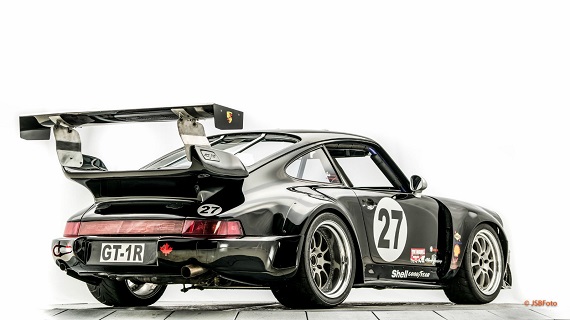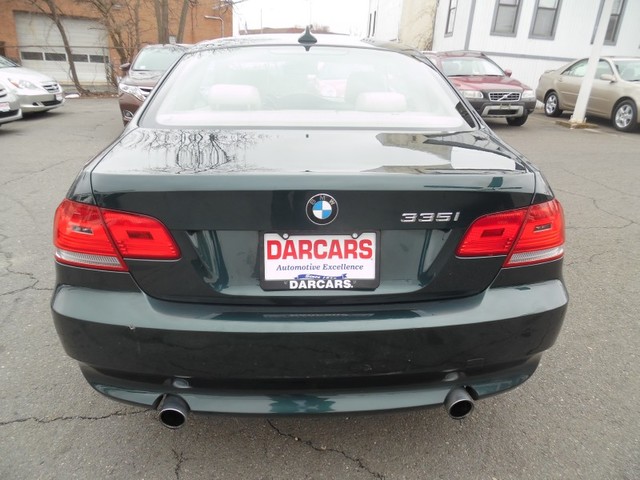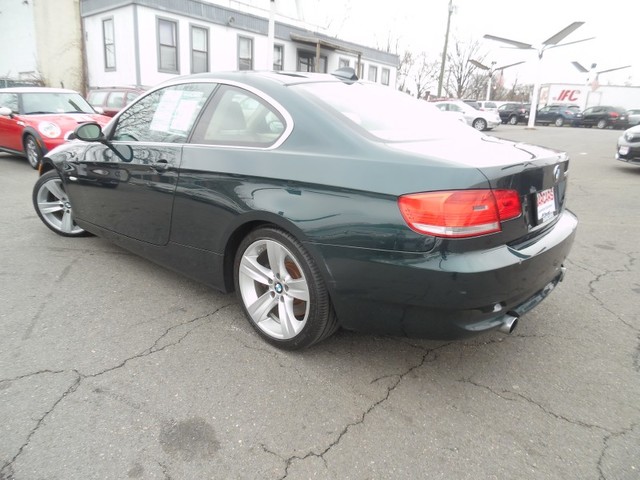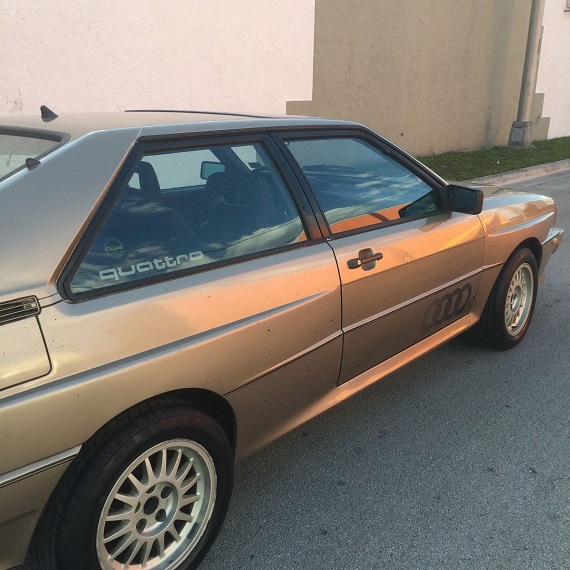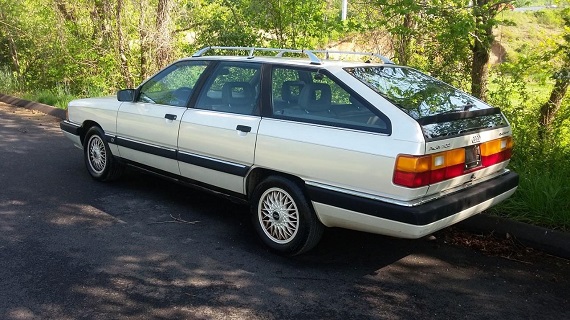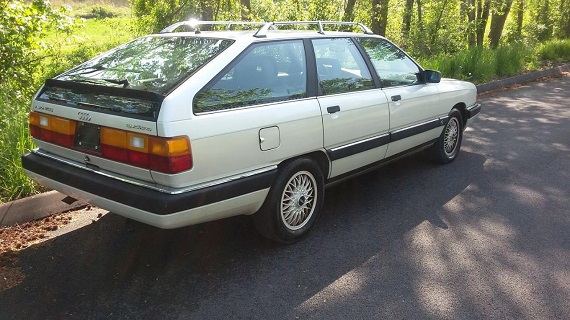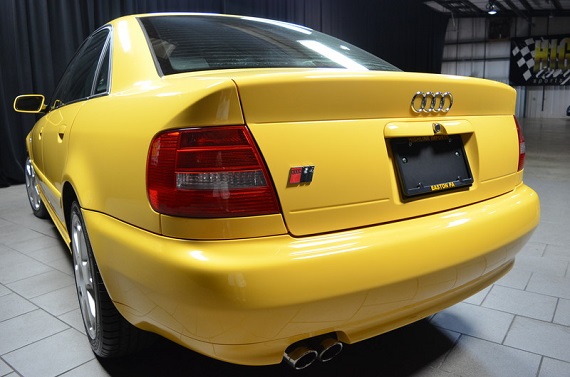It’s hard to fathom any Porsche 930 as “reasonably priced” these days, but after the $500,000 SLS AMG GT3 from earlier this 1986 Porsche 930 seems positively a cheap way to consider track time. What interests me about this car is something the seller mentions in the listing; this is an original Turbo, and still retains the original motor casing and transmission to prove it. Rob’s recent modified 1984 911 “Turbo” model and Nate’s odd M30 turbo M5 from yesterday prove that turbocharged motors popping up in unexpected packages isn’t particularly uncommon, but original 930s rarely turn up in race car form:
Tag: Turbocharged
At the first Audi Club track event I went to, I excitedly hurried my 4000CS quattro through the hills of Northwest Connecticut to Lime Rock Park. The year was 1997, and while I had been heading to the track for many years this was my first foray to an Audi event. Back in ’97, old Audis were pretty uncommon – hard to fathom considering how scarce they are today. So going to an all-Audi event promised to be a special collection of audacious Audis, and I was certainly not disappointed. There were no less than ten Quattros in attendance, and may have even been more – I struggle a bit to remember, but a fair chunk of the instructor core had them and even a few students showed up with the legendary cars. It was a bit like those nature shows of Ridley Sea Turtles arriving on Mexican beaches once a year to lay eggs; a baffling display of the entire world’s population arriving in one spot at one time when for the rest of the year they’re spread around the world’s oceans. Quattros, especially large numbers of Quattros, are like that. Let’s put some figures into perspective – E30 M3s are rare, right? Sure, only around 5,000 made it to the U.S. with a pretty good amount still being sold on eBay today being driven as they should. 190E 16V owners enjoy pointing out that their cars are much more endangered, as just shy of 2,000 made the Atlantic crossing. Low residuals mean a lower percentage of those original 1,953 still are dog-legging around. E24 M6, E28 M5, E34 M5? Sure, all very low production cars. But the Quattro? 664 came here, and how many are left today is a good question. I’d estimate the number of Quattros remaining alive and in good condition to likely be less than 2/3rds of the original 664 – figure maybe 400 are still around and serviceable. Think about the last time you saw an E30 M3 cruising along down the road (it doesn’t count if you own one or were at a show)? You’re at least ten times less likely to happen across a Quattro. Finally, they’re starting to be appreciated for their special nature, but they’re certainly still critically endangered in the U.S.:
CLICK FOR DETAILS: 1983 Audi Quattro on eBay
2 CommentsFans, I have to apologize. I’ll happily admit that there are huge gaps in our daily lineup of cars. When I think of the numerous models that we skip over on a daily basis I genuinely feel a tinge of regret. First off, we really don’t feature much from before 1980 often, and even then it’s limited generally to the more expensive cars that survive such as Porsches or Mercedes-Benz models. Then there are plenty of obscure models we just overlook in our searches. I mean, when was the last time that we wrote up an Audi A3, for example? I’ll save you some time – nearly two years ago was the last time an A3 came across our pages. Or an Audi A2? I’m not sure one has ever popped up here, despite them being a very interesting and cutting-edge car. We rarely look at BMW Isettas or Mercedes-Benz SUVs – actually, come to think of it, pretty much any SUV despite their massive popularity and the reality that quite a few of them are nice trucks (and by trucks I mean cars). How about Porsche 914s, Karmann Ghias and pretty much any newer Volkswagen that isn’t a Passat wagon (sorry about that)? There simply isn’t enough time and space to cover all the models that are out there. As such, we often focus on the cars that interest us, and I’ll admit that since there are only a few writers here that means that we see a lot of the same things day in and day out. So, I’m sorry. But I promise, we do try to vary it up as much as we can!
In that vein, I want to look at a very nice Audi S4 today. The S4 itself is no stranger in any of its several generations on these pages, but often we either focus on the C4 generation or the B5, B6 and B7 Avants. The sedan gets scarcely any coverage here probably because the Avant is such a popular choice. But today’s sedan is pretty special, first because it’s one of the hot B5 colors of Imola Yellow, and second because it’s a low mileage, nearly perfect original model. Is it worth a high asking price?

